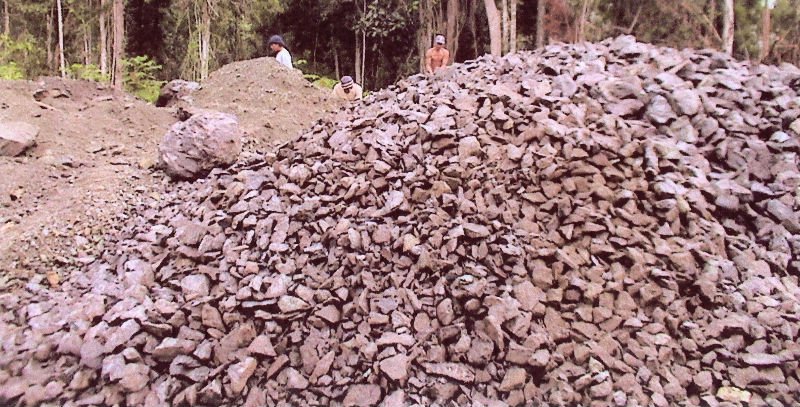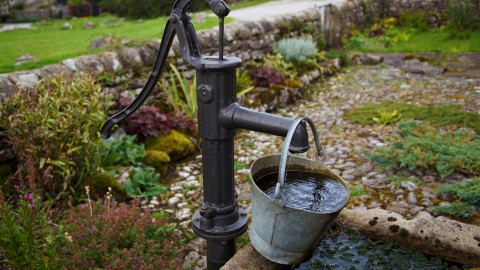Types and Usage
An ore deposit is an accumulation of ore. This is distinct from a mineral resource as defined by the mineral resource classification criteria. An ore deposit is one occurrence of a particular ore type. Most ore deposits are named according to their location (for example, the Witwatersrand, South Africa), or after a discoverer (e.g. the kambalda nickel shoots are named after drillers), or after some whimsy, a historical figure, a prominent person, something from mythology (phoenix, kraken, serpent leopard, etc.) or the code name of the resource company which found it (e.g. MKD-5 is the in-house name for the Mount Keith nickel ).
9 Classification and 8 types of Ore are available.
Classification:
Ore deposits are classified according to various criteria developed via the study of economic geology, or ore genesis. The classifications below are typical.
1. Hydrothermal epigenetic deposits
2. Granite related hydrothermal
3. Magmatic deposits
4. Volcanic-related deposits
5. Metaphorically reworked deposits
6. Carbonatite-alkaline igneous related
7. Sedimentary deposits
8. Sedimentary hydrothermal deposits
9. Astrobleme-related ores
Types:
1. Cassiterite (tin)
2. Chromite (chromium)
3. Coltan (niobium and tantalum)r
4. Columbite (niobium)
5. Hematite (iron)
6. Ilmenite (titanium)
7. Magnetite (iron)
8. Pyrolusite (manganese)











